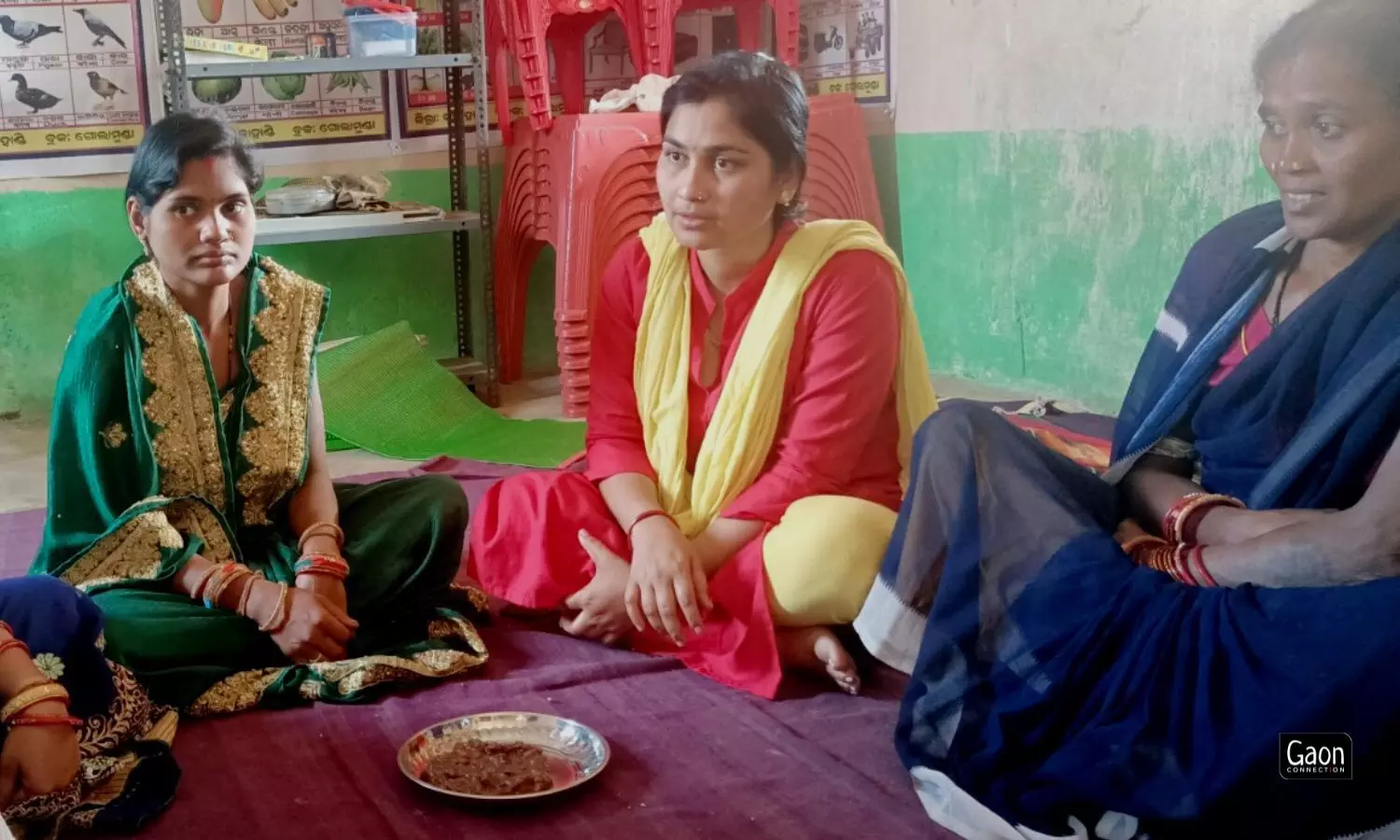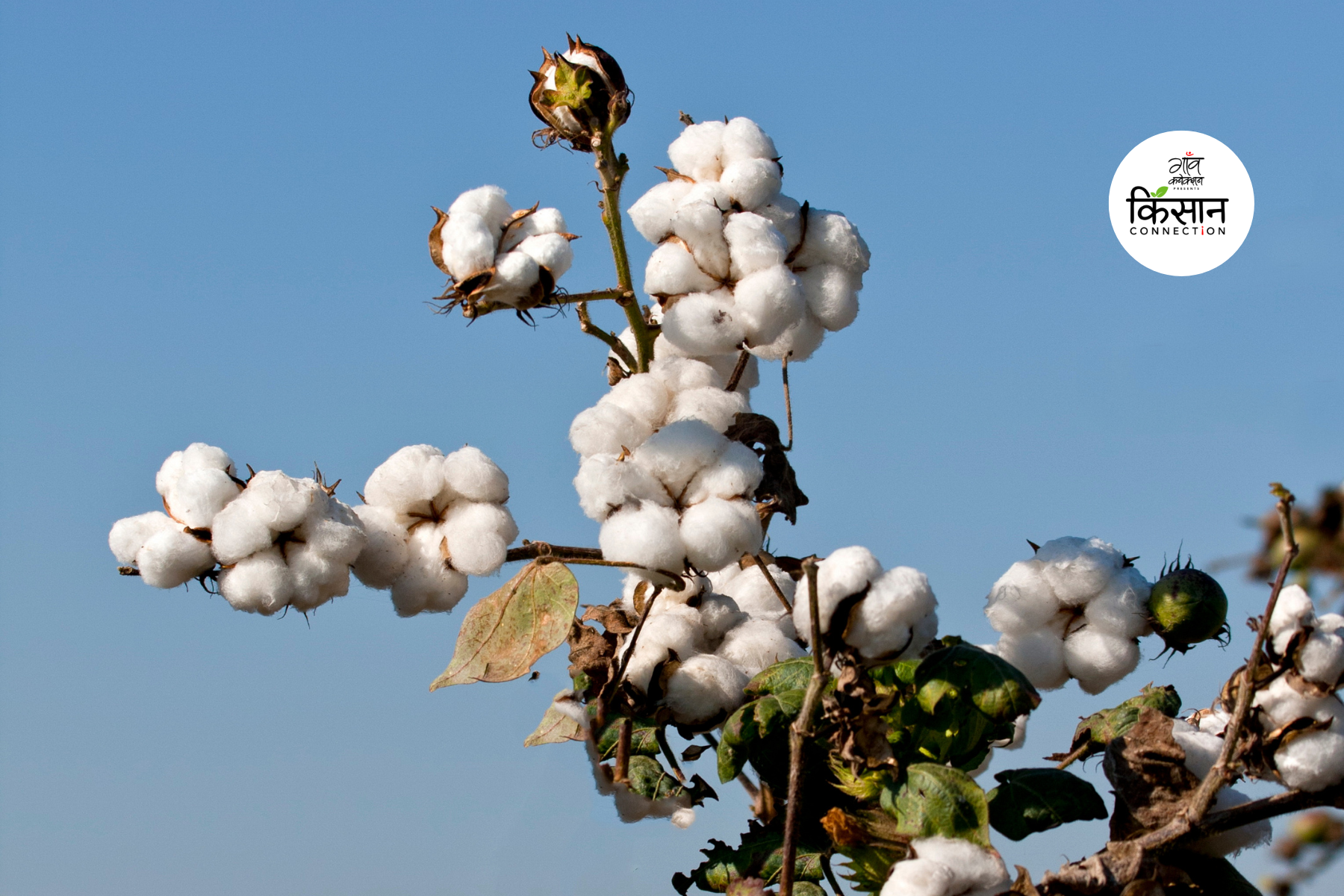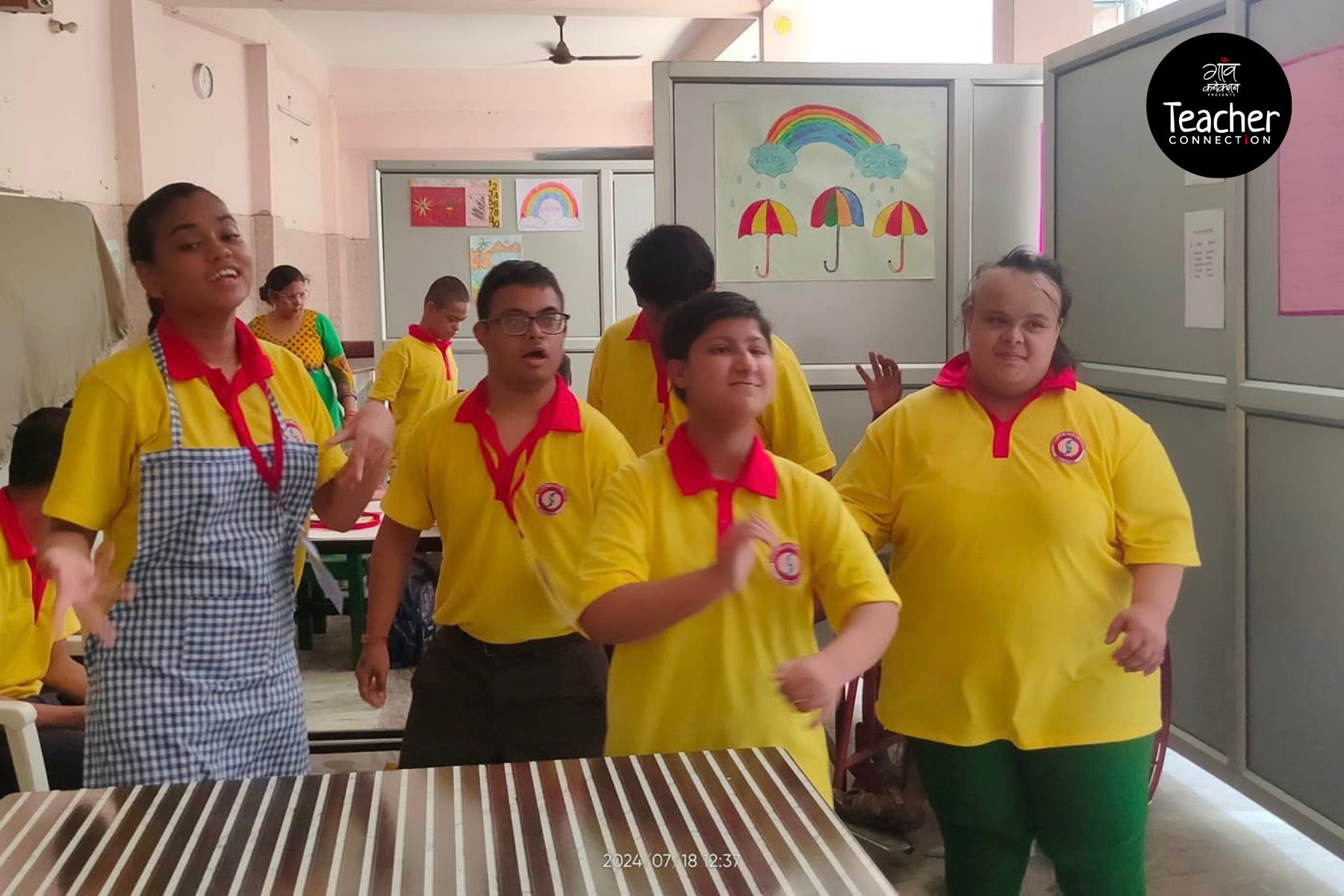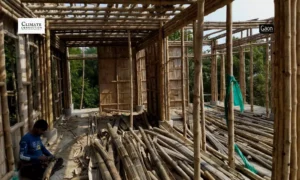Bhawanipatna (Kalahandi), Odisha
On that morning, when 75-year-old Jamuna Nial set about making atkel outside her home in Kalragaon village little did she know that she was about to give the traditional atkel, a dish made out of finger millet and molasses, a huge boost.
The food of her tribal ancestors caught the attention of the team members of KARRTABYA (Kalahandi Association for Rural Reconstruction, Total Awareness Benefit of Youth Action), a local non-profit that was working with UNICEF, when they were out on a round to distribute rations during the pandemic, in the Golamunda block in Kalahandi district, Odisha.
Before the pandemic, in 2018, UNICEF had launched the Sampurna Barta Project (SBP) to reduce infant mortality and maternal mortality rate in Odisha. The non-profit KARRTABYA was given the responsibility to motivate and mobilise the rural women to adhere to health, hygiene and sanitation, and follow nutrition norms prescribed under the project.

The semi-liquid atkel is made with mandia, (finger millet) and gurh (molasses), or sugarcane juice.
“When we stumbled upon atkel, we realised its nutritive value and tweaked it to make it even more nourishing,” Sampad Das, coordinator of Sampurna Barta Project, told Gaon Connection. Preparing and consuming atkel has become a part of the nutrition initiative in the tribal regions of the eastern state.
“Gluten-free finger millet is rich in fibre, iron, calcium and protein. It is a major component in atkel, and it is good for pregnant women, lactating mothers and children. While we have not lab-tested it, we know that it is a nutritious dish,” Kalpana Pradhan, assistant agriculture officer (millet mission) of the State Directorate of Agriculture and Food Production, Bhubaneswar, told Gaon Connection.
Also Read: Odisha’s Millet Story Is Now An International Sustainable Narrative
Preparing millets-rich atkel
The semi-liquid atkel is made with mandia, (finger millet) and gurh (molasses), or sugarcane juice. Sometimes, chaula chuna (white rice- flour called ‘aarua chaula’ in Odia — flour) and atta (wheat flour) are added to it. Then the mixture is boiled in an earthen pot.
“We added linseed, yellow gram, milk, sesame powder, coconut sauce and some fruits to make it more nutritious and delicious for children, pregnant women and lactating mothers,” Sampad Das added.
Under the Sampurna Barta Project, the inhabitants of 60 villages in Kalahandi block, most of them Kondh tribal people, have been encouraged to adopt the shored up atkel as part of their diet.
Sona prepared atkel in her tiny kitchen in Lakhurbata village. “In order to make 250 grams of atkel, I roast 200 grams of finger millet and 25 grams each of white rice flour and wheat flour for about 20 to 25 minutes. Then I add the water and gurh (molasses) and boil the mixture for 30 to 40 minutes. Once it cools, it is ready to be eaten,” Sona told Gaon Connection.
KARRTABYA has trained 500 volunteers in the age group of 16-20 years to prepare atkel and teach the others.
Also Read: Andhra Pradesh: AROGYA Millets helps revive millets cultivation in Vizianagaram
Though people still make atkel in the villages, it was not that common any more, more so with other grains and ingredients being easily available to the tribal communities now. Also, there has been a significant slump in the cultivation of millets with tribal farmers switching to cultivation of paddy, cotton and pulses in the last decade or so.
But with the efforts of UNICEF and KARRTABYA, tribal families are going back to cooking and consuming atkel.
The village women have readily adapted to making the more nutritious version of the traditional dish as almost all of them cultivate all the raw materials needed for it. They have the paddy and millets readily available from their agricultural land, and also grow papayas, bananas and seasonal fruits. Many of them grow their own sugarcane to make the gurh.
Also Read: Gond and Baiga Tribe Women Help Revive Kodo-Kutki Millets in Madhya Pradesh
Roping in health workers
“We worked along with ASHA and anganwadi workers and urged the women to include papayas, bananas and seasonal fruits like mangoes and oranges in the atkel,” Kumudini Majhi of Daspur-Nuapada village, one of the trained volunteers, told Gaon Connection.
“Tuesdays and Fridays are Village Health Sanitation and Nutrition Days and they are held at 20 ANM (Auxiliary Nurse and Midwife) sub-centres set up in the villages by the state government,” Kumidini added.

Under the Sampurna Barta Project, the inhabitants of 60 villages in Kalahandi block, most of them Kondh tribal people, have been encouraged to adopt the shored up atkel as part of their diet.
The volunteers advise lactating mothers to consume atkel. “We counsel them to feed even a six-month old child atkel mixed with fruits, after making it suitable for the infant to consume,” Sangita Mangaraj, an anganwadi worker of Daspur-Nuapada village, told Gaon Connection.
The block coordinator Surendra Pradhan of Kalahandi Agriculture Department said, “We organise three to four food festivals in our blocks annually. Atkel was served during Akhaya Tritiya (April 22 and 23) at Gundabahal village for the first time by a self help group ‘Savitri’ of Funda village,” Pradhan told Gaon Connection.
Also Read: Lenovo announces launch of its Work For Humankind India project to support millets farmers in Kerala
Rosanara Mohanty, the programme coordinator of another non-profit, Seva Jagat in Kalahandi, said that in the 28 years of her experience she has seen how millets have proved to be beneficial to women and children who have consumed it regularly.
“It is rich in Vitamin B, E and D, calcium, iron and many more nutrients,” Sampad Das said. He cited a report of the Integrated Child Development Services (ICDS) in support of his words.
Quoting an ICDS report, Sampad Das said that two sample surveys of children in the 0-5 age group were conducted in 2018 and 2022 in 2253 villages of Kalahandi district. In the 2018 survey, of the total 10,737 children, 2,564 children were found to be moderately underweight and 155 were severely underweight.
The situation improved somewhat in 2022 when out of 12,538 children surveyed, 674 children were moderately underweight and 89 were severely underweight.
As per the National Family Health Survey-5 (2020-21), infant mortality rate in Odisha (rural) is 37.2. Infant mortality is the death of an infant before his or her first birthday. The infant mortality rate is the number of infant deaths for every 1,000 live births.




















